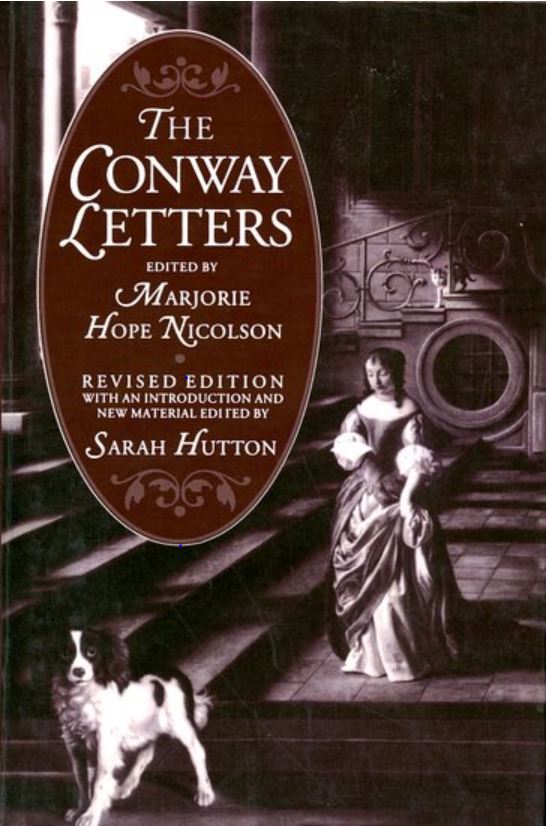This week in EMLO the catalogue of correspondence metadata for a remarkable early modern individual is published: that of Lady Anne Conway (1631–1679). Prevented, as a woman, from attending university, Anne Conway (née Finch) took advantage of her youngest half-brother’s matriculation at Christ’s College, Cambridge, to receive instruction herself via an exchange of letters with his tutor. This tutor was none other than the philosopher, poet, and theologian Henry More (1614–1687). The subsequent correspondence between tutor and pupil matured into a deep and lasting friendship and, through More, Anne Conway came into contact with a number of the Cambridge Platonists, including Ralph Cudworth, Benjamin Whichcote, and John Worthington. A detailed account of the epistolary exchanges within this circle may be found in a number of the publications by Professor Sarah Hutton, who is herself due in Oxford this week to deliver the Annual lecture of the British Society for the History of Philosophy.[1. See, for example, Sarah Hutton, Anne Conway, a Woman Philosopher (Cambridge: Cambridge University Press, 2004), and The Conway Letters: The Correspondence of Anne, Viscountess Conway, Henry More, and their Friends 1642–1684. Revised edition, ed. Marjorie Hope Nicolson and Sarah Hutton (Oxford: Clarendon Press, 1992; and available on Oxford Scholarly Editions Online).]
 Having married Edward, third Viscount Conway and Killultagh (c. 1623–1683), who encouraged her wholeheartedly in her intellectual pursuits, Lady Anne had access to the family’s collection of books that formed one of the largest private early modern libraries in the country. A victim of severe ill health, she was forced to live in semi-retirement at the Conway family seat, Ragley Hall in Warwickshire but her illness introduced her, as a patient, to some of the renowned physicians of her age, including William Harvey, Theodore Turquet de Mayerne, and Thomas Willis, as well as to the ‘Irish stroker’, Valentine Greatrakes.
Having married Edward, third Viscount Conway and Killultagh (c. 1623–1683), who encouraged her wholeheartedly in her intellectual pursuits, Lady Anne had access to the family’s collection of books that formed one of the largest private early modern libraries in the country. A victim of severe ill health, she was forced to live in semi-retirement at the Conway family seat, Ragley Hall in Warwickshire but her illness introduced her, as a patient, to some of the renowned physicians of her age, including William Harvey, Theodore Turquet de Mayerne, and Thomas Willis, as well as to the ‘Irish stroker’, Valentine Greatrakes.
In the final years of Lady Anne’s life, Francis Mercury Van Helmont (1614–1699), the son of the Flemish natural philosopher Jan Baptist van Helmont (1580–1644), joined her household at Ragley. As well as encouraging her to study the Jewish Kabbalah, Van Helmont introduced Lady Anne to Quakerism and she received visits from the Quaker leaders George Fox, Robert Barclay, George Keith, and William Penn whilst using her influential contacts to help their imprisoned followers. Shortly before her death, Anne Conway converted to Quakerism, despite opposition both from her family and from Henry More. And those who relish an unorthodox twist to their fairy tales might be intrigued to know that when she died on 23 February 1679, Van Helmont preserved her body in a glass coffin.
To discover more about this fascinating early modern woman, please do explore the correspondence catalogue, procure copies of Sarah Hutton’s publications, and — should you be in town — head to the Maison Française in Oxford for 6 p.m. on Friday, 2 November!

